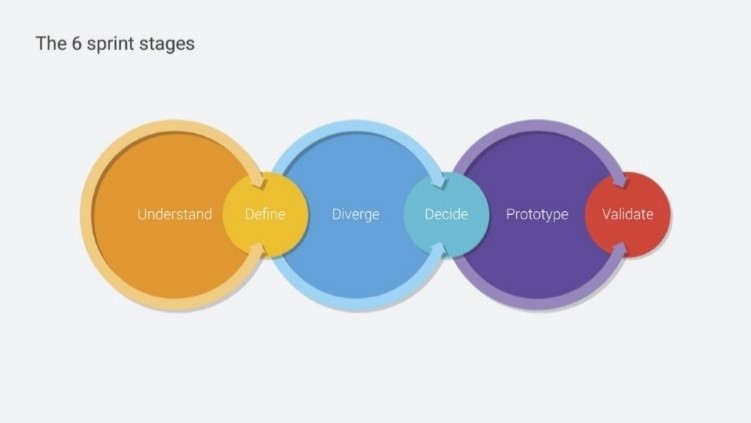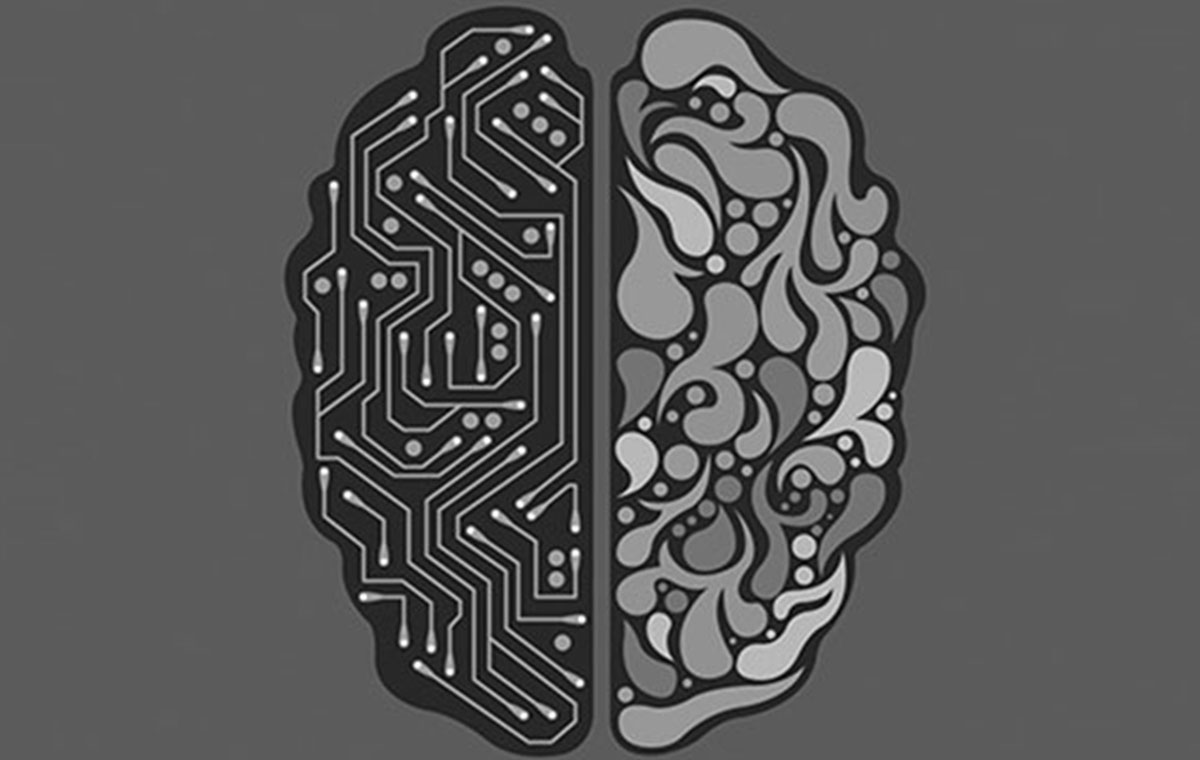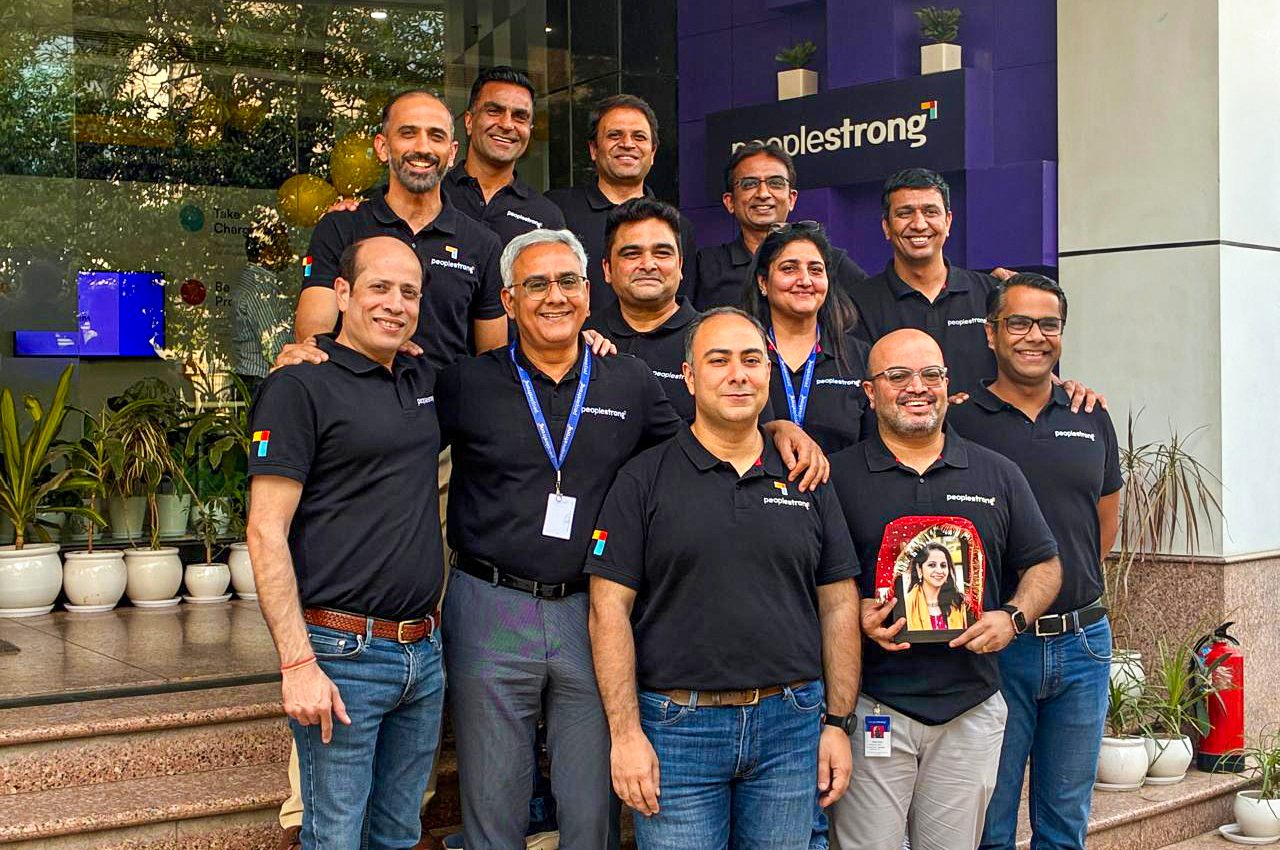For many years, Artificial Intelligence has left the tech world in awe; many people have often doubted its impact in our lives. Especially when it comes to the world of work, practitioners from the business world have always been worried about the accuracy of the output, and its ability to inherit human biases. Add to it the high costs involved and limited upfront ROI of applications of AI; there is much caution that we are advised to take while using the outcomes of any AI/ML algorithms.
But what if we tell you that there is a resolution to all these doubts and that you don’t necessarily need a rocket scientist to sort it out for you? You still would need a data scientist, in any case. Difficult to believe? But it is true, and here’s how you can go about it.
What leads to biases in the AI output?
Before we discuss this magic-fix, it is essential to understand what we are missing in our current AI applications and what makes them prone to inheriting our biases in decision making. While AI has percolated in almost every aspect of our lives, there is some critical question that perhaps we never ask about our implementations of AI: Is this a responsible use of AI? Is the data necessary and sufficient for solving a problem? And has that data been treated for any biases? Are the results statistically significant? Or have we just jumped the gun to join the mad race of being associated with the trend?
In many cases, especially in the world of work, this level of in-depth and rigor in research might not be a norm. Often, off-the-shelf algorithms and models are simply applied to raw data, which might be riddled with biases and data-integrity issues. This leads to reduced effectiveness and sometimes even catastrophic use of AI applications.
So, what’s the solution? Is there an alternate way to do it better?
The latest research in the field of AI indicates a growing need for couples applied AI with critical thinking. Let us understand this in the work context.
What is Applied AI?
Applied AI is the application of Artificial Intelligence to enable “human-like” decision-making in myriad fields. It can also be viewed as a metamorphosis of AI from research to practice. Applied AI is different from Generalized AI in its specificity of application. Generalized AI, as per Artificial General Intelligence Society refers to general-purpose systems with intelligence comparable to that of the human mind. Applied AI, on the other hand, is aimed at solving a problem at hand, making the solution more precise, contextual, intelligent, intuitive, or all of them combined.
And Critical Thinking (CT)?
Critical Thinking is one of the means through which Applied AI can achieve solutions that are precise, contextual, intelligent, intuitive, and more importantly, sustainably logical. Critical thinking aims to improve the quality of thinking by skilfully analysing, assessing and reconstructing the thinking. It is a more deliberative, logical and slow mode of thinking, which is more inquisitive, akin to that of an explorer, which aims to understand a problem before attempting to solve it.
It is this systematic approach that helps CT solve the significant challenges we are facing. Given the vastness of data and multitudinous researches conducted across domains, it is easy to get lost in the deluge of information that exists. Different disciplines like Statistics can help, but the essential part is to ask the right questions and to be aware of the pitfalls and alternatives, which is where CT might help because it facilitates in identifying
- when what is relevant
- missing information (data points)
- when data is insufficient and when the result is statistically significant
- alternatives for the proposed solution.
There are many models, in academia and industry alike, that implement Design Thinking, of which CT is an integral part of. For instance, Google came up with its Design Sprints (I and II), focused on Design Thinking, as guiding principles for its product development. The design sprint is a time-constrained, stage-wise process that uses design thinking intending to reduce the risk when bringing a new product, service or feature to the market. Google’s Design Sprint, as illustrated in the figure, has six stages, namely Understand, Define, Diverge, Decide, Prototype, and Validate that a feature must go through before being released. The approach focuses on being open to ideas while understanding requirements at the onset of a sprint, exploring all possible options in the divergence step, followed by quick prototyping and, finally, validating the results of the experiments.

To conclude
The secret of a successful application of AI lies not just in how well the code is written but also in how much effort is spent to understand the actual problem that is to be solved and ascertaining the quality and quantity of data available. So, if your teams are spending time “critically thinking” on these aspects, you might be able to leverage Artificial Intelligence the best way. And if we believe in what experts have to say, abandoning CT and throwing caution to the wind might be almost like entering a minefield blindfolded.
This would be a sorry state to be in considering the change AI can bring to our lives. But what does it take to incorporate critical thinking while working on applied AI?
A good beginning could be to unlearn and approach a problem with a child-like naivety.
Second, be an explorer: try out different ideas and do the insane.
Third, be an experimenter with a razor-sharp focus and clinical precision in executing the experiments to a T.
Finally, be a good critic of your own work. Be incomplete and always ripe for learning.












